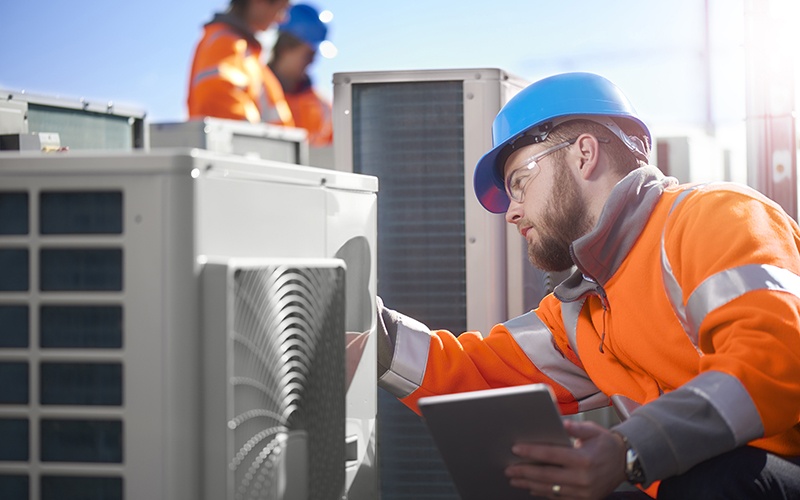How Better Chemistry Catalyzes Decarbonization
Rhea-AI Summary
Chemours is positioning itself at the forefront of the clean hydrogen revolution, potentially cutting 7 gigatons of carbon dioxide emissions annually by 2050. It aims to reduce hydrogen production costs from over $5 to $1 per kilogram by 2032 through strategic partnerships and a $200 million investment in Nafion™ production. With a commitment to achieving a 60% greenhouse gas reduction by 2030 and generating 50% of revenue from sustainable products by 2030, Chemours has logged $6.3 billion in sales for 2021. The advancements in materials science are set to enhance efficiencies across multiple industries.
Positive
- Invested $200 million in Nafion™ to enhance green hydrogen production.
- Partnerships with the US Department of Defense and others to lower hydrogen costs to $1/kg by 2032.
- Committed to a 60% reduction in greenhouse gas emissions by 2030.
- Aiming for 50% of revenue from sustainable products by 2030.
- Logged $6.3 billion in sales for 2021.
Negative
- Current hydrogen production costs exceed $5 per kilogram, hindering adoption.
News Market Reaction 1 Alert
On the day this news was published, CC gained 1.57%, reflecting a mild positive market reaction.
Data tracked by StockTitan Argus on the day of publication.
NORTHAMPTON, MA / ACCESSWIRE / March 20, 2023 / In the near future, clean hydrogen, or hydrogen produced with very low or zero carbon emissions, could be one of the most viable replacements for fossil fuels. By 2050, it could cut 7 gigatons of carbon dioxide (CO2) annually, about
However, the expense of producing green hydrogen, more than
In October 2022, Chemours dedicated
Chemours also partnered with the U.S. Department of Defense, the University of Delaware, Plug Power, and the U.S. Department of Energy's National Renewable Energy Laboratory to advance research to slash green hydrogen costs to
"Materials science is at the heart of amazing things happening in the world, from climate and clean energy technology to advanced electronics, all of which allow for a more sustainable future," says Chemours president and CEO Mark Newman.
Beyond these developments, the company is stepping up research and development for fluoropolymers and fluoroelastomers, such as Teflon™ and Viton™, used for weatherproofing wind turbines, solar panel wiring insulation, and lithium-ion batteries to improve the materials' efficiencies in cold temperatures. Then there's the
For its own 2050 net-zero commitment, Chemours pledged a
Chemours is less than three percentage points away from that revenue goal, and Newman believes these developments will push it over the line. "A society that embraces science and innovation is a society that is equipped to meet any challenge," says Newman. "That's why at Chemours, we believe in our collective ability to create a better world through the power of our chemistry."
View original content here.

View additional multimedia and more ESG storytelling from The Chemours Company on 3blmedia.com.
Contact Info:
Spokesperson: The Chemours Company
Website: https://www.3blmedia.com/profiles/chemours-company
Email: info@3blmedia.com
SOURCE: The Chemours Company
View source version on accesswire.com:
https://www.accesswire.com/744640/How-Better-Chemistry-Catalyzes-Decarbonization








